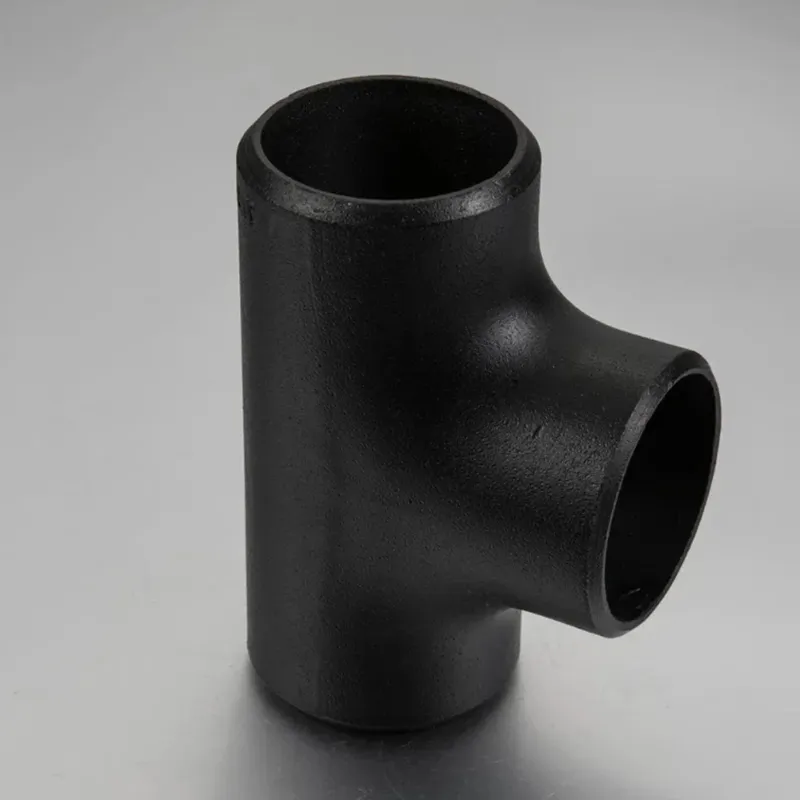-
Cangzhou Yulong Steel Co., Ltd.
-
Phone:
+86 13303177267 -
Email:
admin@ylsteelfittings.com
- English
- Arabic
- Italian
- Spanish
- Portuguese
- German
- kazakh
- Persian
- Greek
- French
- Russian
- Polish
- Thai
- Indonesian
- Vietnamese
- Zulu
- Korean
- Uzbek
- Hindi
- Serbian
- Malay
- Ukrainian
- Gujarati
- Haitian Creole
- hausa
- hawaiian
- Hebrew
- Miao
- Hungarian
- Icelandic
- igbo
- irish
- Japanese
- Javanese
- Kannada
- Khmer
- Rwandese
- Afrikaans
- Albanian
- Amharic
- Armenian
- Azerbaijani
- Basque
- Belarusian
- Bengali
- Bosnian
- Bulgarian
- Catalan
- Cebuano
- China
- China (Taiwan)
- Corsican
- Croatian
- Czech
- Danish
- Esperanto
- Estonian
- Finnish
- Frisian
- Galician
- Georgian
- Kurdish
- Kyrgyz
- Lao
- Latin
- Latvian
- Lithuanian
- Luxembourgish
- Macedonian
- Malgashi
- Malayalam
- Maltese
- Maori
- Marathi
- Mongolian
- Myanmar
- Nepali
- Norwegian
- Norwegian
- Occitan
- Pashto
- Dutch
- Punjabi
- Romanian
- Samoan
- Scottish Gaelic
- Sesotho
- Shona
- Sindhi
- Sinhala
- Slovak
- Slovenian
- Somali
- Sundanese
- Swahili
- Swedish
- Tagalog
- Tajik
- Tamil
- Tatar
- Telugu
- Turkish
- Turkmen
- Urdu
- Uighur
- Welsh
- Bantu
- Yiddish
- Yoruba

szept . 06, 2024 19:47 Back to list
High-Quality Pipe Floor Flanges for Reliable Connections
Understanding Pipe Floor Flanges A Crucial Component in Piping Systems
Pipe floor flanges are essential components in various piping systems, providing a secure and robust connection between pipes and the floor structure. These flanges play a pivotal role in ensuring the integrity and reliability of piping installations in industrial, commercial, and residential settings.
A floor flange is typically a flat piece of metal with holes that allows it to be bolted to a flat surface, such as a floor or a wall. When a pipe is inserted into the flange, it provides stability and support, preventing lateral movement and reducing the risk of leaks or structural failure. Floor flanges are available in a variety of materials, including stainless steel, carbon steel, and plastic, making them suitable for different environments and applications, such as water, gas, and chemical transport systems.
The design of pipe floor flanges can vary significantly, depending on their use and the requirements of the installation. Standard configurations include raised face, flat face, and ring-type joint, each with unique characteristics that cater to specific pressure and temperature ratings. Selecting the right type of flange is crucial for maintaining the overall safety and efficiency of the piping system.
pipe floor flange

Installation of floor flanges tends to be straightforward, involving the alignment of the flange with pre-drilled holes in the floor. Bolts are then inserted and tightened to secure the flange in place. It is vital to use the correct torque specifications to ensure a leak-proof seal and to prevent any potential damage during system operation.
Regular inspection and maintenance of pipe floor flanges are essential to ensure their reliable operation over time. Factors such as pressure fluctuations, temperature changes, and exposure to corrosive substances can affect the integrity of the flange. Therefore, routine checks for signs of wear, such as rust or erosion, should be conducted to prevent failures that could lead to costly repairs or hazardous situations.
In conclusion, pipe floor flanges are integral to the overall stability and safety of piping systems. Their ability to securely anchor pipes to floors not only enhances the structural integrity of the installation but also minimizes the risk of potential leaks and failures. By understanding the various types, materials, and installation processes associated with floor flanges, engineers and maintenance personnel can ensure long-lasting and safe piping systems that meet the required industry standards.
Latest news
-
ANSI 150P SS304 SO FLANGE
NewsFeb.14,2025
-
ASTM A333GR6 STEEL PIPE
NewsJan.20,2025
-
ANSI B16.5 WELDING NECK FLANGE
NewsJan.15,2026
-
ANSI B16.5 SLIP-ON FLANGE
NewsApr.19,2024
-
SABS 1123 FLANGE
NewsJan.15,2025
-
DIN86044 PLATE FLANGE
NewsApr.19,2024
-
DIN2527 BLIND FLANGE
NewsApr.12,2024
-
JIS B2311 Butt-Welding Fittings LR/SR 45°/90° /180°Seamless/Weld
NewsApr.23,2024











